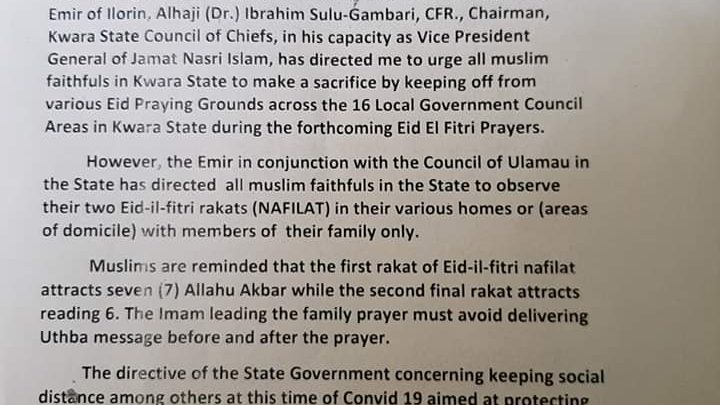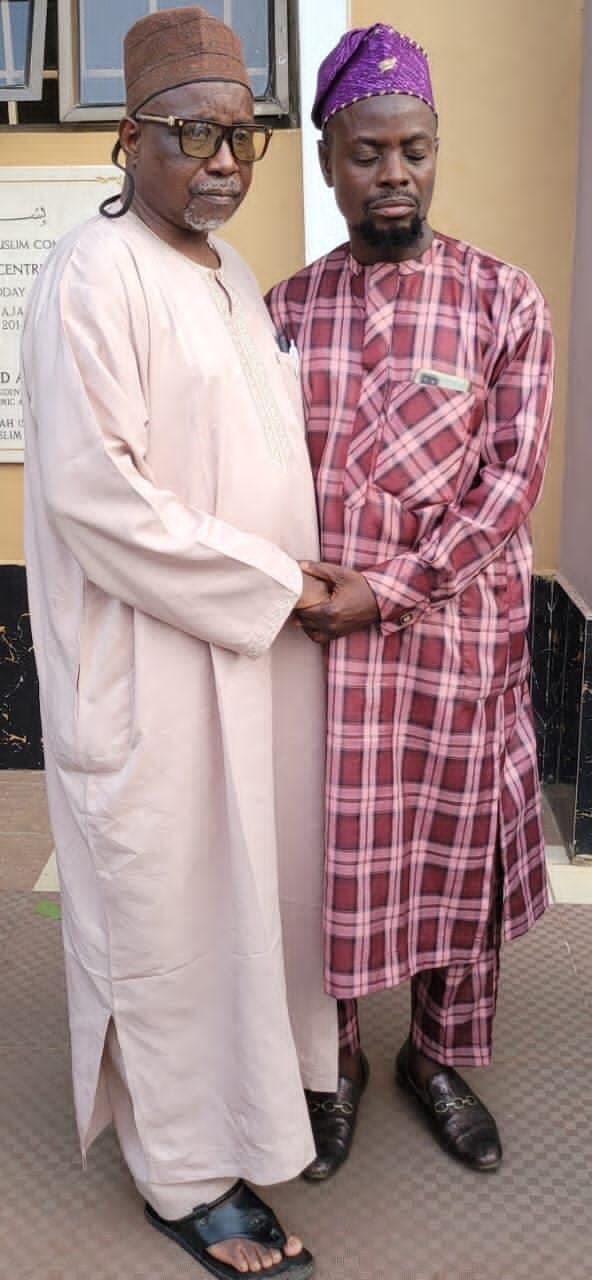Misgoded reading continued
Click here for previous session Ahem. Where was I? Oh, yes … So picture the church fathers, some three hundred…
Click here for previous session
Ahem. Where was I? Oh, yes …
So picture the church fathers, some three hundred years following the ministry of
Jesus, being handed the Trinity—a mystical invention they simply could not recognize as
the doctrinal child conceived through the teachings of Jesus. How did the church handle
the dissenting bishops? It exiled them, along with Arius, after which none of the others
dared to deny the doctrine. 109
Only after overcoming Arius and other prominent Unitarians were the Trinity and
the Nicene Creed formally ratified by the Council of Constantinople in 381 CE. 110
Hmm. The Council of Nicaea in 325, the Council of Constantinople in 381—325,
then 381. How many years separate the two? Let’s see, that’s eightyone minus twenty
five … take a one from the eight, subtract five from eleven, leaving seven minus two in
the tens column … I get fiftysix years. Now, that may not seem like much in the span of
human history, but that is a verrry long time for a church to make up its mind. Long
enough for most, if not all, of the original council members to have died. By comparison, most biblical scholars agree that Jesus’ mission was, what—three years long?
So why did it take fiftysix years for the church to finalize the Trinitarian
doctrine?
It didn’t.
It was not so much a matter of the church needing time to pass as it was a matter
of the church needing people to pass … away, that is. What happened is this: During Emperor Constantine’s reign, the Roman Empire
was weakened by religious infighting while at the same time waging wars on multiple
fronts. As a result, Constantine sought to strengthen the Roman Empire internally by
uniting his realm under one Christian faith. For this purpose “The Emperor not only
called the Council [of Nicaea] and took charge of its procedure, but he exercised
considerable influence over its decisions. He was not yet a full member of the Church, for
he did not receive baptism until he was on his deathbed, but in practice he acted as if he
were the head of the Church, and in so doing set a precedent which was followed by his
Byzantine successors.”
111 And that is, after all, what every church wants, isn’t it (cough,
cough)—a politician who is not only uneducated in the faith, but not even fully a
member, taking “charge of its procedure” and exerting “considerable influence over its
decisions”?
As a result, “Controversy over doctrine ceased to be the private concern of the
Church, but was affected by political needs and became an important element in political
as well as in ecclesiastical life. Moreover, secular and ecclesiastical interests were by no
means always identical, and cooperation between the two authorities was often replaced
by conflict. All this was obvious even in Constantine’s day which saw the intervention of
the state in Church disputes.”
112 Huh. And to think some people endorse separation of
church and state (whoever those people are, they most certainly aren’t Roman emperors).
But the point is that as hard as Constantine tried, he never resolved the Unitarian
Trinitarian controversy.
For that matter, he even failed to unite his sons on the matter.
After his death one son, Constantius, “ruled the eastern half [of the Roman
Empire] and declared for Arianism” while the other son, Constans, “controlled the West
and acknowledged the Nicene Creed.”113 The two brothers called the Council of Sardica
in 343 to reconcile these two views, but failed.


